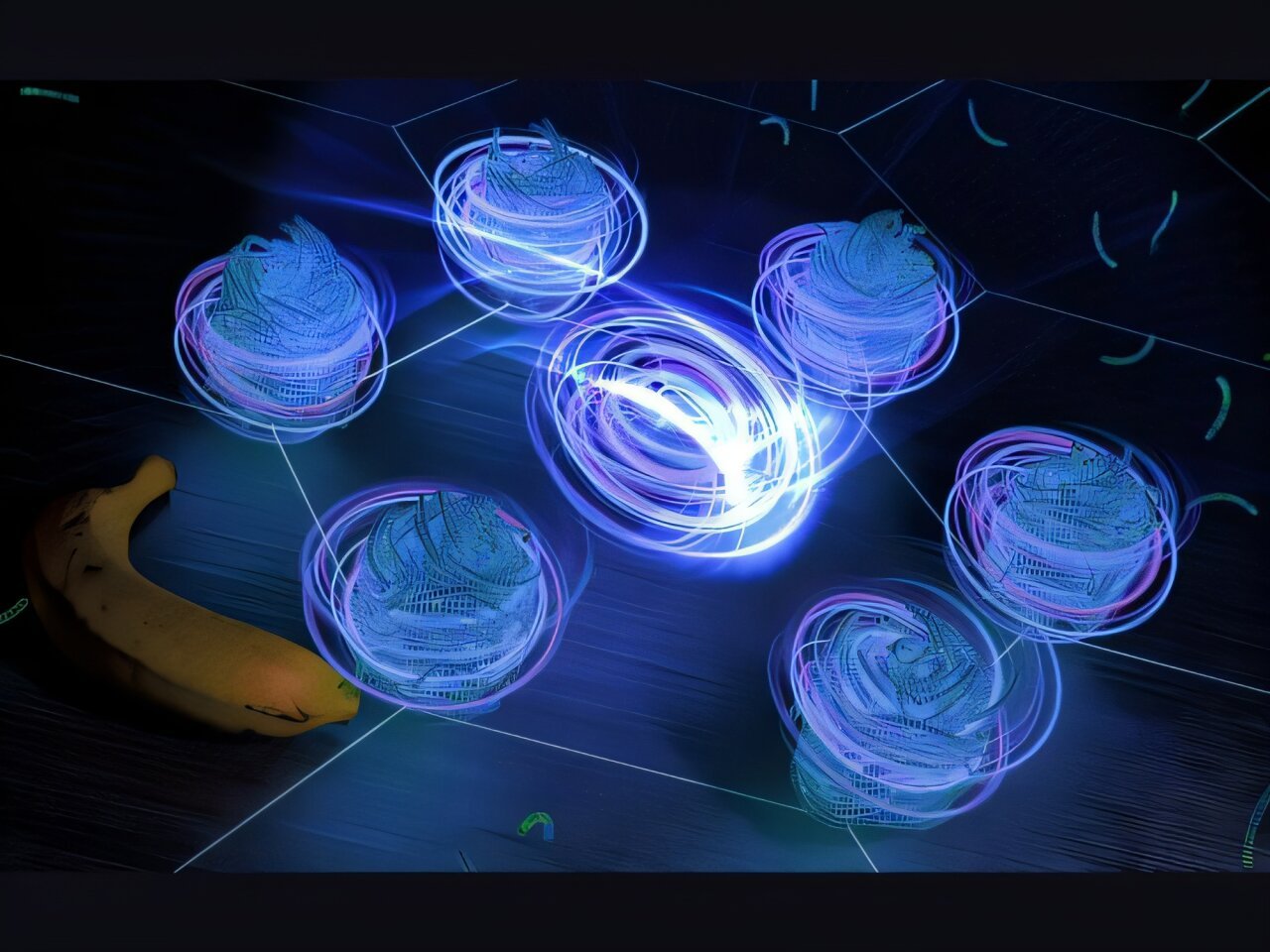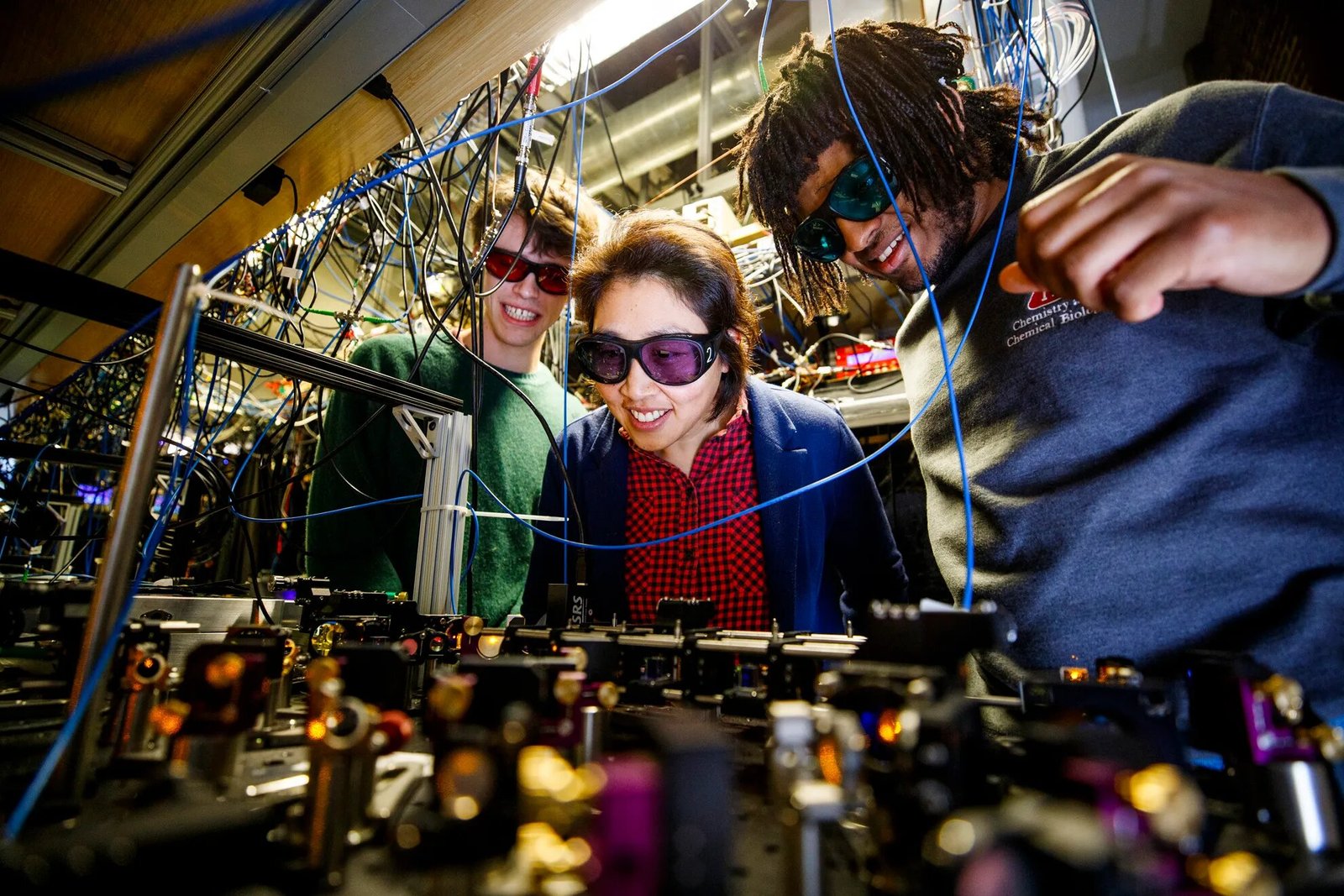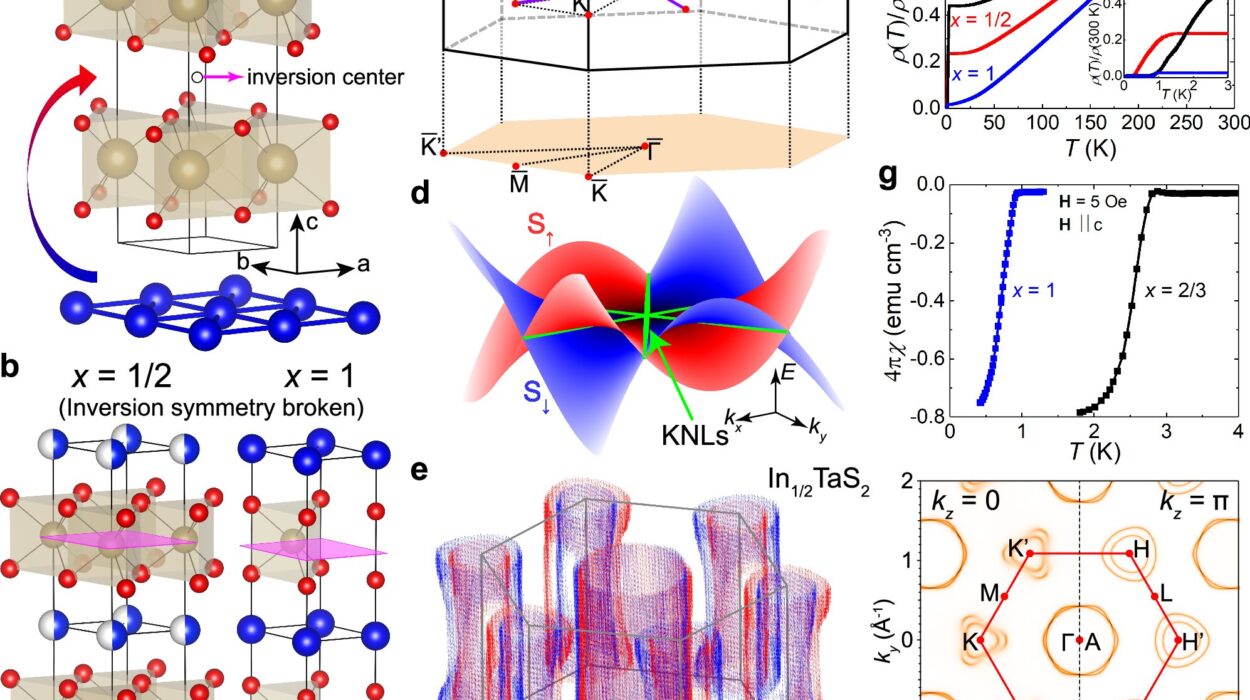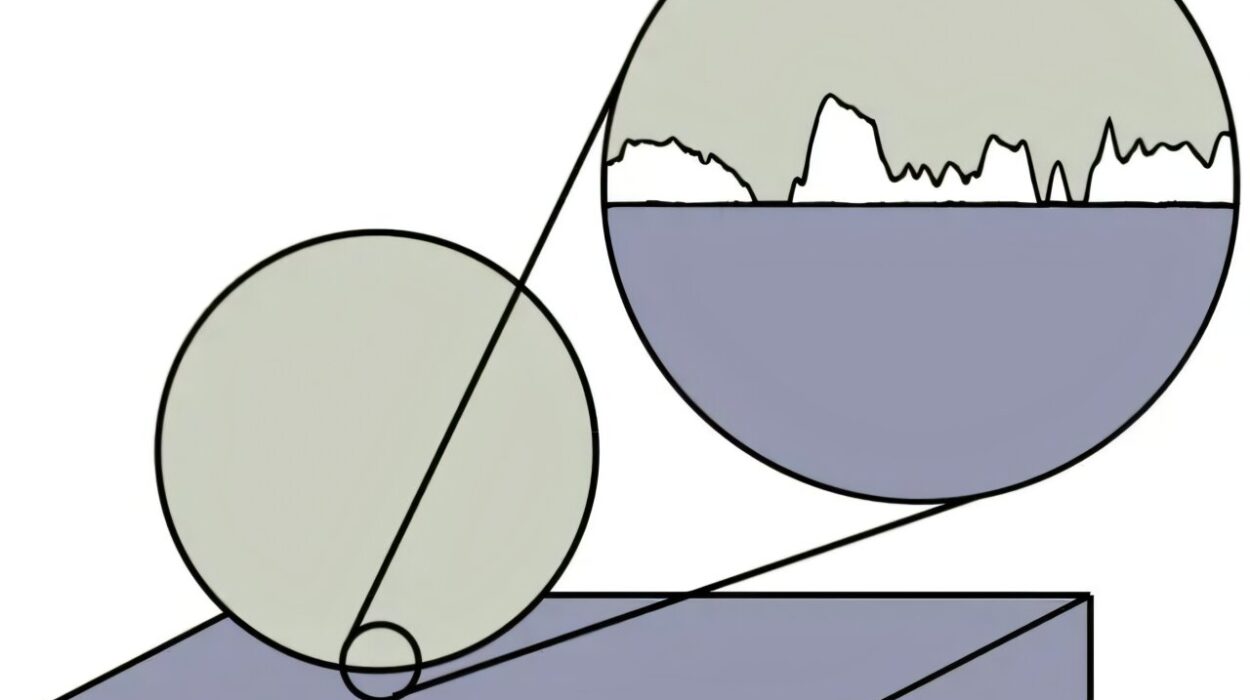Diamonds, long cherished for their unparalleled beauty and extreme hardness, are now revealing new dimensions of utility that extend far beyond their traditional allure. Recent research has shed light on a groundbreaking property of diamonds doped with the element boron—an advancement that could transform quantum optics, high-power electronics, and biomedical technologies.
This discovery, made by a team of researchers from Case Western Reserve University and the University of Illinois Urbana-Champaign, positions diamonds as a key player in developing futuristic technologies. Their findings, recently published in Nature Communications, open new possibilities for integrating diamonds into cutting-edge applications.
Diamonds in the World of Science: A Perfect Canvas
At its core, diamond is a crystal composed entirely of carbon atoms arranged in a tightly bonded lattice. This atomic structure gives diamonds their signature hardness and optical clarity. When boron, an element adjacent to carbon on the periodic table, is introduced into this lattice, diamonds acquire remarkable new properties.
Boron-doped diamonds, as they are known, exhibit electrical conductivity and can even become superconductors under certain conditions. However, the latest research highlights a previously unexplored trait: these diamonds can generate plasmons—oscillations of electrons triggered by light.
This plasmonic behavior enables the control and enhancement of electric fields at the nanometer scale. Such control is crucial for developing advanced biosensors, quantum devices, and nanoscale optical systems. What sets boron-doped diamonds apart from traditional plasmonic materials like metals is their ability to remain optically transparent, even after doping.
From Medieval Stained Glass to Modern Nanotechnology
The idea of using materials to manipulate light isn’t new. Medieval artisans unknowingly used the plasmonic effects of metal nanoparticles to create the vibrant hues in stained-glass windows. Gold nanoparticles created ruby red tones, while silver nanoparticles produced vivid yellows.
Fast forward to today, and this age-old principle has inspired modern advancements in nanotechnology. By tapping into the plasmonic capabilities of boron-doped diamonds, scientists can now design devices that manipulate light and energy on a molecular scale, paving the way for revolutionary applications in fields like solar energy and quantum computing.
The Science Behind Boron-Doped Diamonds
When boron atoms replace carbon atoms within a diamond lattice, they bring unique electronic properties. Boron, with one less electron than carbon, creates a “hole” in the electronic structure of the material. This hole allows the diamond to accept electrons and conduct electricity effectively.
Surprisingly, despite these modifications, boron-doped diamonds retain their transparent quality, taking on a subtle blue hue. This phenomenon explains why the famous Hope Diamond, which contains trace amounts of boron, glows with a striking blue brilliance. The transparency of these doped diamonds makes them especially valuable for optical applications, as they can interact with light without significant energy loss.
Plasmonic Properties: A Quantum Leap Forward
The research team’s discovery of plasmonic behavior in boron-doped diamonds is particularly noteworthy. Plasmons, or collective oscillations of free electrons induced by light, are central to a host of advanced technologies. Their ability to concentrate light at a scale smaller than the wavelength of light itself has applications in quantum optics, precision imaging, and energy harvesting.
Unlike traditional plasmonic materials such as gold or silver, boron-doped diamonds bring additional advantages. They are chemically inert, biologically compatible, and capable of operating in environments where other materials would fail. These properties could make them indispensable for creating biosensors, molecular sensors, and high-sensitivity diagnostic tools.
Biomedical and Quantum Applications on the Horizon
One of the most exciting implications of boron-doped diamonds lies in their potential use in medicine and biotechnology. Because they are biocompatible and chemically stable, these diamonds could be employed to build advanced biochips and molecular sensors capable of detecting diseases at unprecedented levels of sensitivity.
In addition to their medical potential, boron-doped diamonds have significant implications for quantum computing. Quantum devices often rely on materials that can manipulate and sustain quantum states with high precision. The plasmonic properties of boron-doped diamonds could enhance the efficiency of these devices, allowing them to process information in ways that surpass classical technologies.
Professor Giuseppe Strangi of Case Western Reserve highlighted the importance of this discovery, stating, “As we step further into the era of quantum computing and communication, discoveries like this bring us closer to harnessing the full potential of materials at their most fundamental level.”
A Legacy of Innovation at Case Western Reserve
The synthesis of diamonds under low-pressure conditions was first achieved at Case Western Reserve in 1968, thanks to the pioneering efforts of faculty member John Angus. Angus’s groundbreaking work laid the foundation for understanding the electrical conductivity of boron-doped diamonds, a topic that continues to yield remarkable discoveries even decades later.
Angus’s legacy lives on in the research conducted by today’s scientists. His vision for synthetic diamonds as more than just industrial materials has inspired generations of researchers to explore their potential in new and unexpected ways.
The Future of Boron-Doped Diamonds
Boron-doped diamonds represent a confluence of beauty and functionality, combining the aesthetic appeal of natural diamonds with extraordinary scientific potential. Their ability to conduct electricity, exhibit plasmonic properties, and interact with light and biological matter opens the door to a vast array of applications. From quantum computing and advanced optics to medical imaging and disease detection, the possibilities seem almost limitless.
This discovery underscores the value of interdisciplinary research, drawing from physics, engineering, materials science, and even art history to push the boundaries of technology. As our understanding of boron-doped diamonds continues to grow, so too will the opportunities to integrate them into transformative innovations for the 21st century and beyond.
“Diamond continues to shine,” Professor Strangi said, capturing the essence of this remarkable material’s journey from a symbol of luxury to a cornerstone of scientific and technological advancement.
Reference: Intervalence plasmons in boron-doped diamond, Nature Communications (2025). On arXiv: DOI: 10.48550/arxiv.2403.12221






